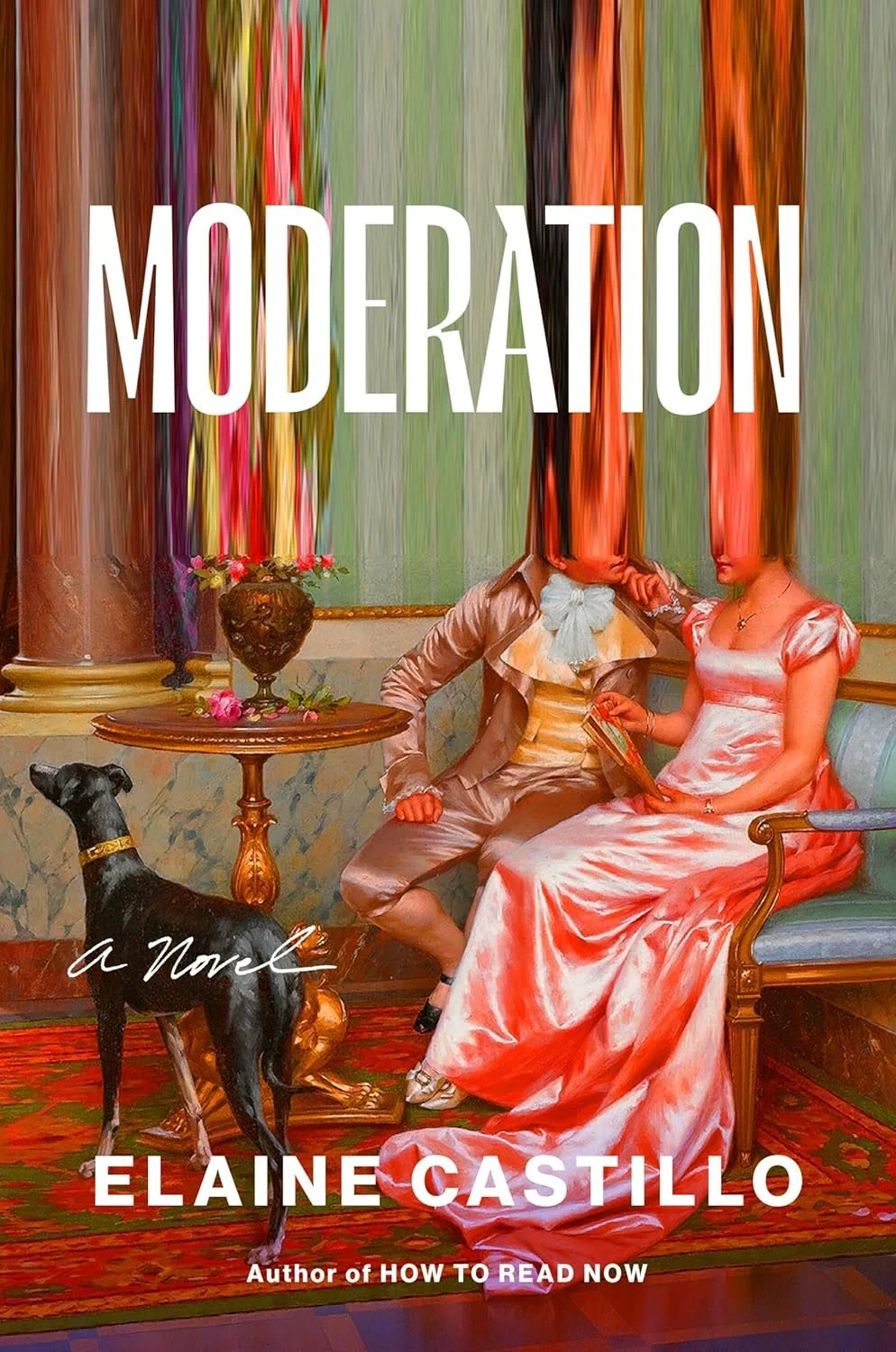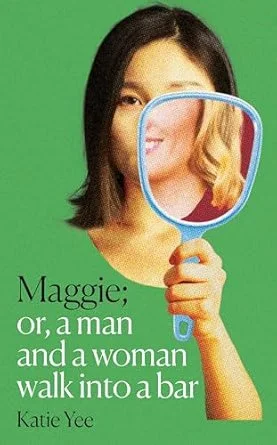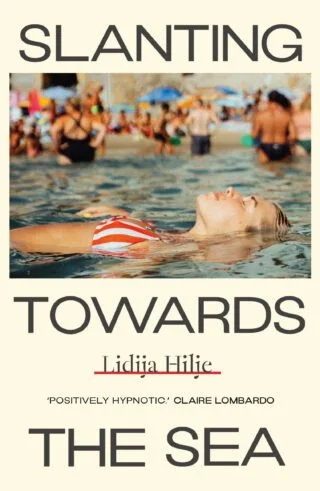A Sideways Look at the World with Bridget O’Connor
“Her stories propel in unexpected ways and narratives hinge on single, definitive moments where the truth of a situation is unearthed”
Only a month or so ago, I had never heard of Bridget O’Connor, but when I saw the cover of her collection of short stories, After a Dance, and that striking image of a sideways Bridget and her intent gaze past the camera, something drew me in. I judged a book by its cover, and I’m so glad I did.
At the point of requesting a copy of Bridget’s latest stories, I hadn’t yet found out that Bridget was no longer with us, so when reading After a Dance, I couldn’t avoid the bittersweet stirring that I’d discovered an author who – selfishly – I’d never be able to tell how much I enjoyed their work, and one who wouldn’t be there to soak up the praise I’m certain this collection will receive. This feeling was expressed by Peter Straughan, Bridget’s husband, about her work on the screenplay of ‘Tinker Tailor Soldier Spy’: ‘It was the best of times and worst of times,’ he said, as she had not long passed and would never know she had been nominated for an Academy award.
With a list of accolades to her name, Bridget’s talent is undeniable; her ‘non-sentimental, unexpected, visceral approach to each scene made her [writing] exciting and exceptional.’ And while Bridget was undeniably skilled at writing screenplays, her first and enduring love was the short story. Universally acknowledged as a difficult form to master, After a Dance exemplifies Bridget’s ability to do so much in so few words; her stories propel in unexpected ways and narratives hinge on single, definitive moments where the truth of a situation is unearthed.
This, more than anything else, is what I felt most drawn to; What kind of writer is able to zero in on the kernels of truth that reveal – not just what is happening to a person at that moment – but what has happened and is happening on the peripheries of the scene? Bridget built narratives around moments of friction and fracture that express ‘revelatory or epiphanic’ turning points – a skill crucial when building a convincing and compelling scene, whether in drama or narration. Add to that the ability to lighten dark and disgusting corners of life with humour, and the art of withholding the expected resolution of a scene, and Bridget’s talent takes its shape.
And while I know an artist’s work should be judged on its own merits and speculating about the hand that held the pen is often frowned upon, I ignored that advice. I wanted to know what fueled Bridget’s endless inventiveness, creativity, and unique perspective. Having been given the privilege to ask Peter some questions about his wife, I ignored yet another common warning and discussed Bridget’s book cover and whether it might reflect something so fundamental to her work – her unique, somewhat ‘skewed’ perspective.
It’s clear from Bridget’s writing that she is curious about the world. Peter noted that ‘she was always looking for, and finding, details in real life.’ She’d observe the world she inhabited and would ‘take great delight in certain turns of phrase she’d overhear’, often working them into her stories. Not only was she curious, but she observed people with both detail and sense of dislocation.
Peter suggested that seeing the world from a ‘beautifully different angle’ might have something to do with the fact that she was caught between two worlds in her childhood: ‘Working class London where she spent most of her time and the rural Ireland of her parents,’ which may have given her a sense of ‘not quite belonging to either world’. Also, being an Irish author working in London, ‘she perhaps felt she was taking part - albeit from an unusual angle - in that great literary conversation that belongs to the Irish.’ Wherever the truth may lie, it’s clear that the combination of a ‘skewed, wry point of view’, an observant eye, and innate creativity came together to create a pure talent.
Finding out a little bit more about Bridget has been an honour, and now all there is left for me to do is urge you to read Bridget’s words and revel in her sideways look at the world.
Read this article in our Innocence Issue, out now.
Editorial Picks





